November 25th, 2023 Issue
Double & Triple Digging / Peace Ruling In Your Heart / The Broadfork or Ubar /Turkey Tail- Trametes versicolor / Float Fishing #8 Aquatic Entomology / Fly Tying #8 Dry Fly Rooster Capes

Double & Triple Digging
Digging the soil has become quite controversial with many gardeners today. I personally believe that the major soil disturbance should be from soil life. But when you start with a dead, compacted soil, you need to do something to jumpstart the process. Healthy soil biology has to have air in order to breath. If the air flow into the soil only penetrates a few inches, then that is what you will have to offer your plants.
When I first started gardening, I was a clean slate. I didn’t have my first garden until I was thirty. I was very fortunate that my first gardening books were written by Eliot Coleman and John Jeavons. Both of these men are very knowledgeable about building soil. Their approaches are somewhat different, but the results are amazing.
When I first read John’s book, How To Grow More Vegetables. One of the things he talked about was keeping your garden small, but productive. He encourages people to double dig their soil, claiming it could double someone’s yield compared to shallow digging. Well the thought of my garden being half the size, prompted me to do a trial. We double dug a series of beds 24” deep. Then I had a friend come with his tiller, on the back of his tractor, and till up an area 9” deep, that I formed into beds. I planted both of these areas, and the results were amazing. My yield in the double dug beds, was at least double what the other beds produced. Now that my education is way more advanced today, it is obvious to me on many levels, why this is the case.
Before I go on, I want you to realize something about using a rototiller. It will not only pulverize important soil structure, but it will burn up large amounts of soil humus. The very thing you should be working so hard to increase. John Jeavons shared with me, that a farmer in Maine took a hay field that had twelve percent organic matter, which is high, and tilled it one time to put it into potato production. Then got another soil test and the organic matter had dropped to six percent. Half the soil humus destroyed from one tilling. This is very sobering if you understand how critical the mineral bonding points are on that humus, for future fertility reserves. A rototiller is just too harsh and injects too much air. It also leaves a hardpan under the shallow top soil, because it only works shallowly. Many people use them yearly, if not multiple times a year. If you do that, you will have to create a huge amount of compost to try to amend with, to keep up with the losses. There is a much easier way.
People marvel at the long carrots I grow. My biggest carrot has been 24”. My biggest parsnip has been 41”. These lengths are only possible in soil that has been properly disturbed, to the right depth. I will go into much more detail in a future post about the nuances of how I accomplish these root crops. But until the soil is loosened deep enough, it just isn’t possible. You could practice no dig for many years and eventually work your way to that depth. But starting out by putting cardboard down with some compost on hard compacted soil will not get these kinds of results for many years. After double digging and amending my soil, I was experiencing these results very quickly.
The process of double digging is demonstrated in the video below. I had a student one summer that was doing some double digging and decided to up the game a bit. He would make his trench 24” wide and take my broadfork (I have an article below in this issue about broadforks) and loosen the subsoil with those 18” deep tines rather than just the regular digging fork. We started referring to it as triple digging.
The reason that this is so effective is because the only way to improve poor subsoil, and turn it into top soil, is to get plants roots growing there. As the roots of the plants easily penetrate deeper, with plenty of air exchange occurring, the biology goes with the roots. As those roots die, eventually the biology consumes them and turns them into humus, and the spaces that the roots occupied are now open for better air exchange. Unless you do something to compact your soil again. This is why most intensive growers, that take the time to double dig, will not walk all over their beds, but rather stay on the paths.
In this video I demonstrate both double and triple digging. For the visual learners it will be very helpful. God bless your soil building efforts!
Sweet Moments Art Prints
For those that have been following me on social media for awhile. You will probably be familiar with the photo of my son Noah and I in the garden. It was taken by one of my daughters, and looks like I am teaching him something at that moment. Many people have commented on it over the years, and shared their appreciation for it.
Within the last year an artist contacted me and asked if it would be ok if she painted the picture, and made prints of the painting available for people to purchase. I told her that would be great. I am very impressed with how it turned out. This is a photo of her painting. The link below will take you to a site where prints can be purchased, for those that are interested. I am not receiving any kind of commission on the sales, nor do I want to. All the money will go to support their family. May God bless them!
Thank you to Michal Dye, the artist, for painting something that will be deeply appreciated by our family in the future.
https://fineartamerica.com/featured/sweet-moments-michal-dye.html
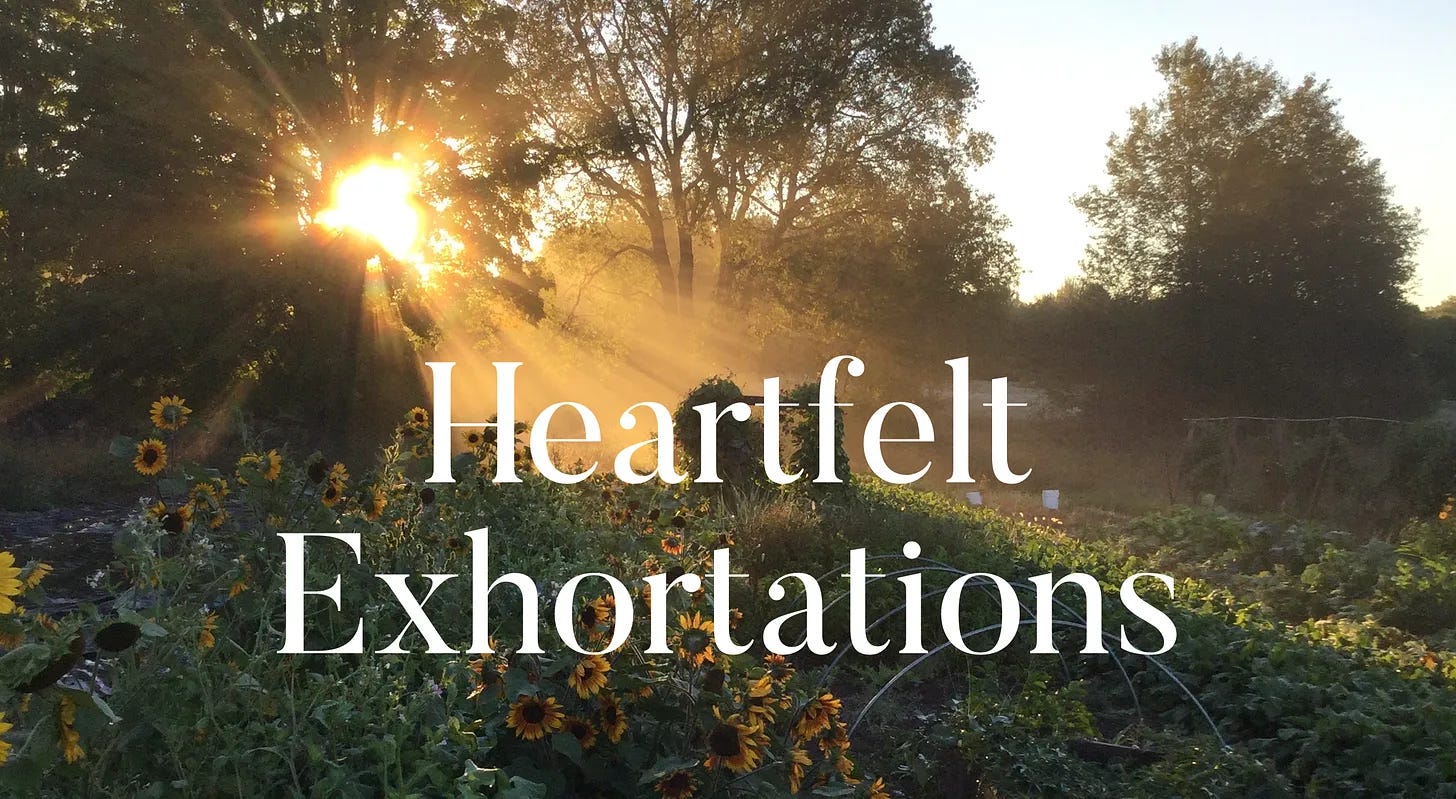
Peace Ruling In Your Heart
Ephesians 3:20 Now unto him that is able to do exceeding abundantly above all that we ask or think, according to the power that worketh in us,
Years ago I was praying about building a cold frame for my garden. One day I called a local glass company and ask how much it would cost to buy 4 sheets of glass to make one. They told me about $100.00. I had the money, but I didn’t have peace.
The scripture says to “let the peace of God rule in your heart”. If I don’t have peace, I try to wait. I could sense God wanted me to make a cold frame, so I just spoke a very simple prayer, “Lord you know where all the glass is”.
In my mind, I was picturing some old storm windows in someone’s barn. I would just clean the 1/4” of dust off them, and I would be happy. That’s not what the Lord had in mind. He is amazing.
Two weeks after I prayed, a brother in the Lord, that knew nothing of what I had prayed about, was at an auction in Ohio, at a furniture manufacturer that was going out of business.
As he went from item to item the auctioneer came to a pallet of 300 sheets of coffee table glass, with lead cut bevels. The auctioneer started the bidding at $10, no one bid. My friend was looking at the glass and couldn’t believe it! The auctioneer said $5 and my friend raised his hand. Sold!
As he drove home with the glass he was excited about it. When he pulled in his driveway, his wife came out to greet him and he told her about the glass. One of the first things she thought of was me maybe using some to make coffee tables. Since I was a carpenter.
Well my friend called me and ask “if I had a use for any glass”. Of course my ears perked up pretty quick! I ask him what he had. The size was within 1/16” of what I needed to make a 12’ long cold frame.
After telling him about what I had prayed, he was generous and gave me 150 sheets! I have the most beautiful cold frames in the world. I ask a glass company what one of those sheets of glass is worth. They told me about $250 each. They are tempered, have lead cut bevels, and sanded edges so you can’t get cut. The glass is strong enough, I can sit on it. Many of the buildings you will see in pictures and videos on our homestead, have windows made from that glass.
We have had thousands of people visit our farm over the years, and there have been times when I have shared this story with people that are not Christians, and they have gotten tears in their eyes. I will say to them “the reason you are so touched, is because God design you to have an intimate relationship with Him, through the Lord Jesus Christ”. So often we make things happen with money, instead of allowing God to orchestrate something He can get the glory for. This is why Jesus warns us about serving God or money. This is why the poor are so rich in faith. Their only option is God!
This picture is of a six foot long cold frame, I just put over my winter harvest carrots the other day. After the snow comes I can go out there all winter and harvest wonderful “candy carrots”. They get sooo sweet from the cold soil.
The Broadfork or Ubar
The broadfork has been around for many years. Eliot Coleman was the one that really helped people become aware of this wonderful tool here in America. I believe it was first developed in France. The first one I used had nine inch long tines. Then I saw one that John Jeavons had developed, that had nineteen inch deep tines. So I decided to have one made by a local welder. At first I had him make the tines twenty four inches long. It was physically impossible for me to have enough leverage to get it to lift. I had him shorten them to eighteen inches, and it was just right.
This tool is wonderful, because it lifts the soil, but it doesn’t pulverize the soil structure like a rototiller. In fact it leaves the soil in large soft clumps. Many people have been concerned that it might destroy the mycelial networks that I have worked so hard to develop. Many year ago I didn’t have a good answer for that question. Then I took a class on Korean Natural Farming (KNF). In the class we made something that is called IMO (indigenous microorganisms). You take a special collection of microbes from the forest and grow it out on a substrate that you can inoculate your garden with. What we learned was that it was important while making the IMO, to disturb it and mix it gently up and then let it sit again. Each time we disturbed the mycelial growth in the pile, the ends of the mycelia would sporulate (dump a load of spores). Then the mycelial growth would commence once again. Then we would disturb it again. It would dump spores again. You keep this process up until the substrate is dry and full of spores you can put in you garden soil. This next photograph is a picture I received from my KNF instructor, Chris Trump. He was able to photograph mycelia sporulating under the microscope. So each time I use the broadfork to gently disturb my soil I am actually increasing the spore count. Which is wonderful, because right after I lift the soil I will apply my amendments, one of which is the Ramial chipped wood I talked about in a previous newsletter. Ramial just happens to be the favorite food of those new spores. 😊
In the next video I demonstrate how I use the broadfork to prepare my soil to plant
Turkey Tail- Trametes versicolor
Turkey Tail is a wonderful medicinal mushroom to hunt for. I use it in making tea and to make double extraction tinctures. For those that want to take a deeper dive, you will find many articles and videos extolling its medicinal benefits. The colors can vary quite a bit on the top. The bottom will always be bright white with tiny pores, like you will see in the video. If the bottom is more tan, then the mushroom is quite old.
These can be found all over the world. It is a very common species. I have been told that the bluish grey types are the most medicinal. The blues are not as common in our area.
Lord willing at some point I will teach you how I make a double extraction tincture, with alcohol and water to get the most benefit. Some constituents are extracted best with alcohol, others with the water.
In this video I show you up close what Turkey Tail looks like
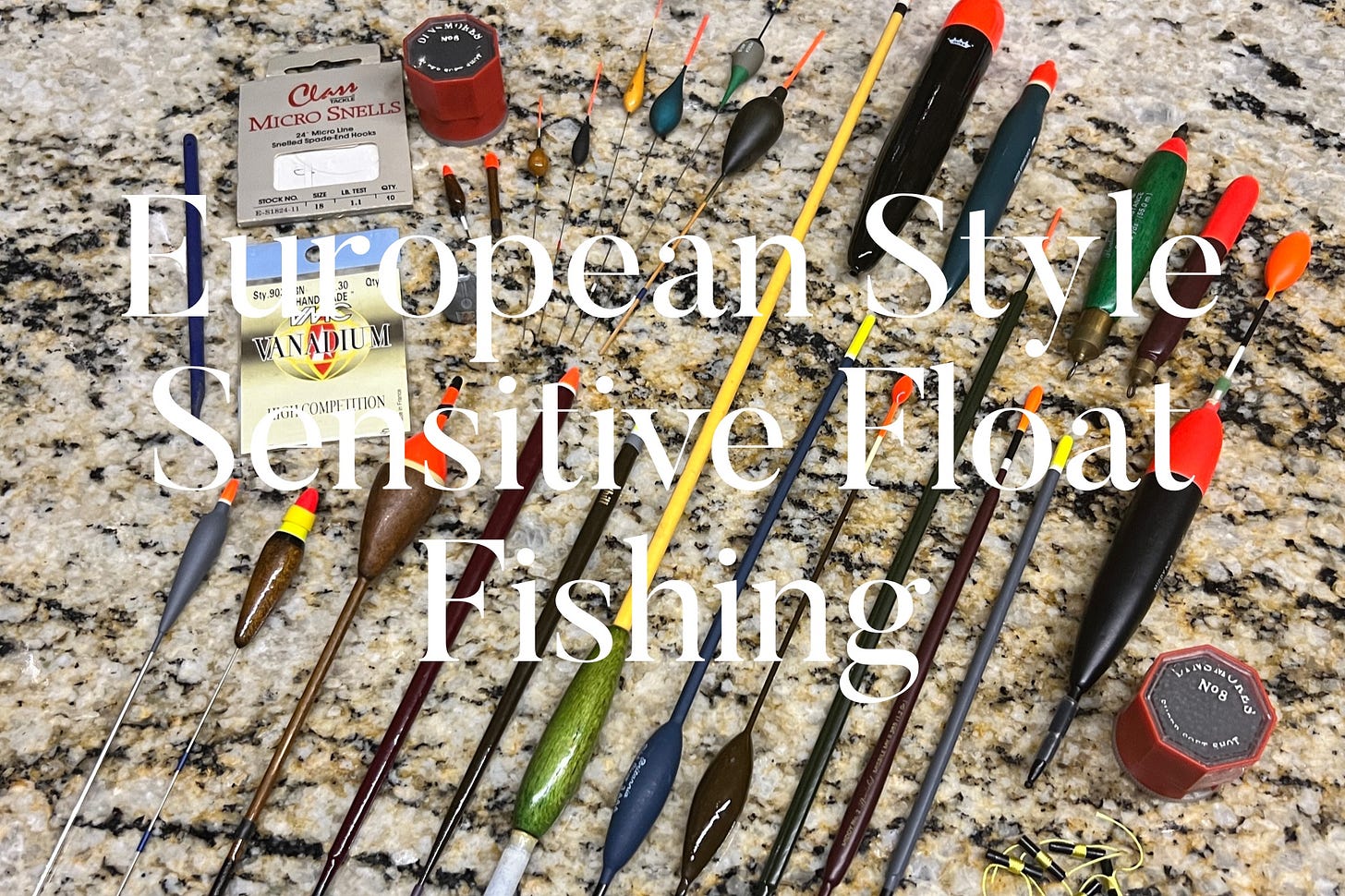
Float Fishing Lesson #8 Aquatic Entomology
Entomology is the study of insects. So obviously, aquatic entomology is the study of insects that experience their life cycle in and around water.
Generally the only type of fisherman that will study aquatic insects is a fly fisherman. This is a great loss too many fishermen. Understanding what fish eat, and when, is critical to being more successful.
I was going to start right in teaching you how to use floats in different situations, but the more I thought about it I realized there is a lot of more general fishing information I want to teach you first.
The reason I want to teach you this topic is because at times it will be critical for you to analyze stomach samples from fish you have caught. Those samples will only benefit you if you understand something about those insects.
I will give you an interesting example. There is an insect called a Caddis fly, that will be found in most rivers. Something that is very unique about this insect, is that it builds a home for itself out of sticks or tiny stones while it is in the larvae stage. When it is ready to pupate, it will close off the case and become a pupa. While it lives its life in its little mobile home, it is sometimes sought out by certain species of fish. Most notably the Brook Trout. Fisherman will catch them and take stomach samples and find tiny stones in their stomach and think the fish was dumb eating rocks. But to someone that has studied aquatic entomology, they realize that the trout was feeding on cased Caddis flies. I have specific fly patterns that imitate this really well, and can be fished under a float very effectively.
So in upcoming issues we are going to start to look at different types of aquatic insects, and their full life cycles. Especially considering the stages of their life cycle, that they are the most vulnerable to fish.

Fly Tying Lesson #8 Dry Fly Rooster Capes
In this lesson I will be discussing the rooster chicken capes that we use to tie dry flies.
https://rumble.com/vwle8l-fly-tying-class-lesson-8-dry-fly-rooster-capes.html
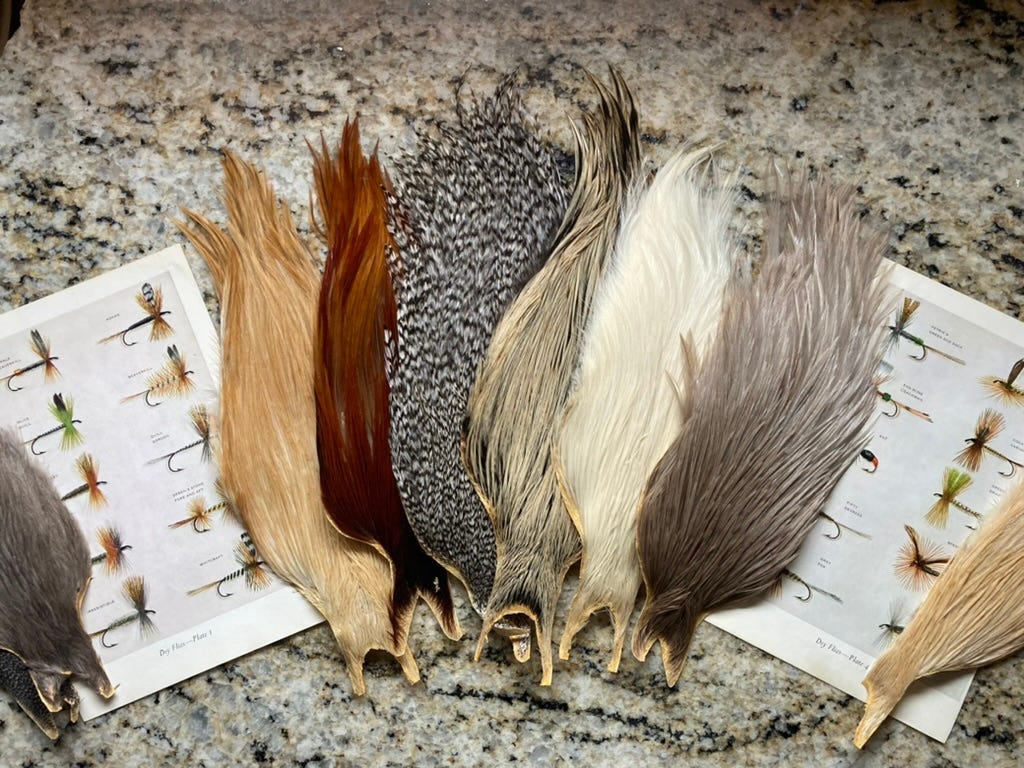


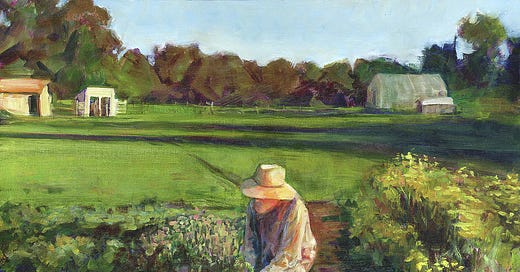


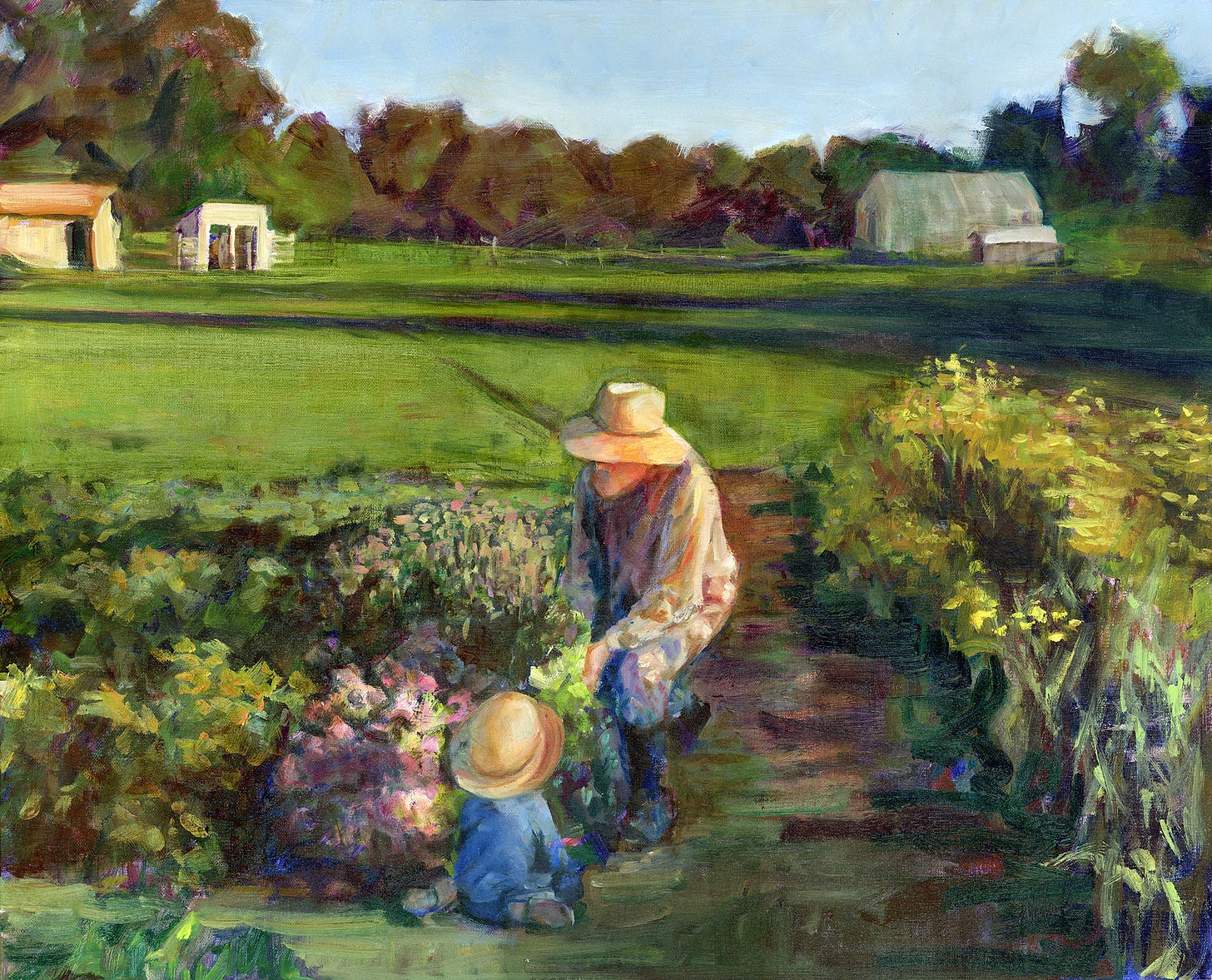
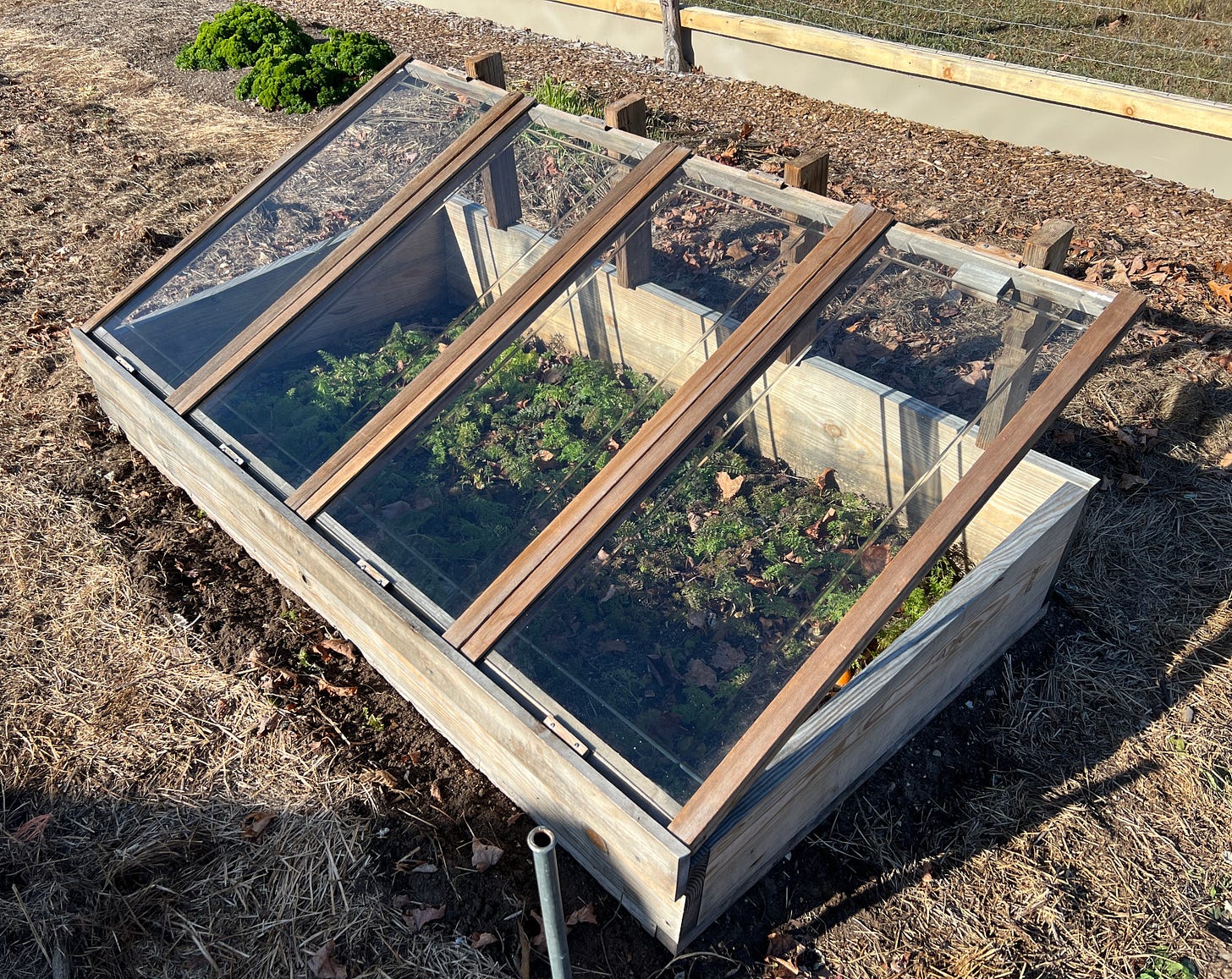
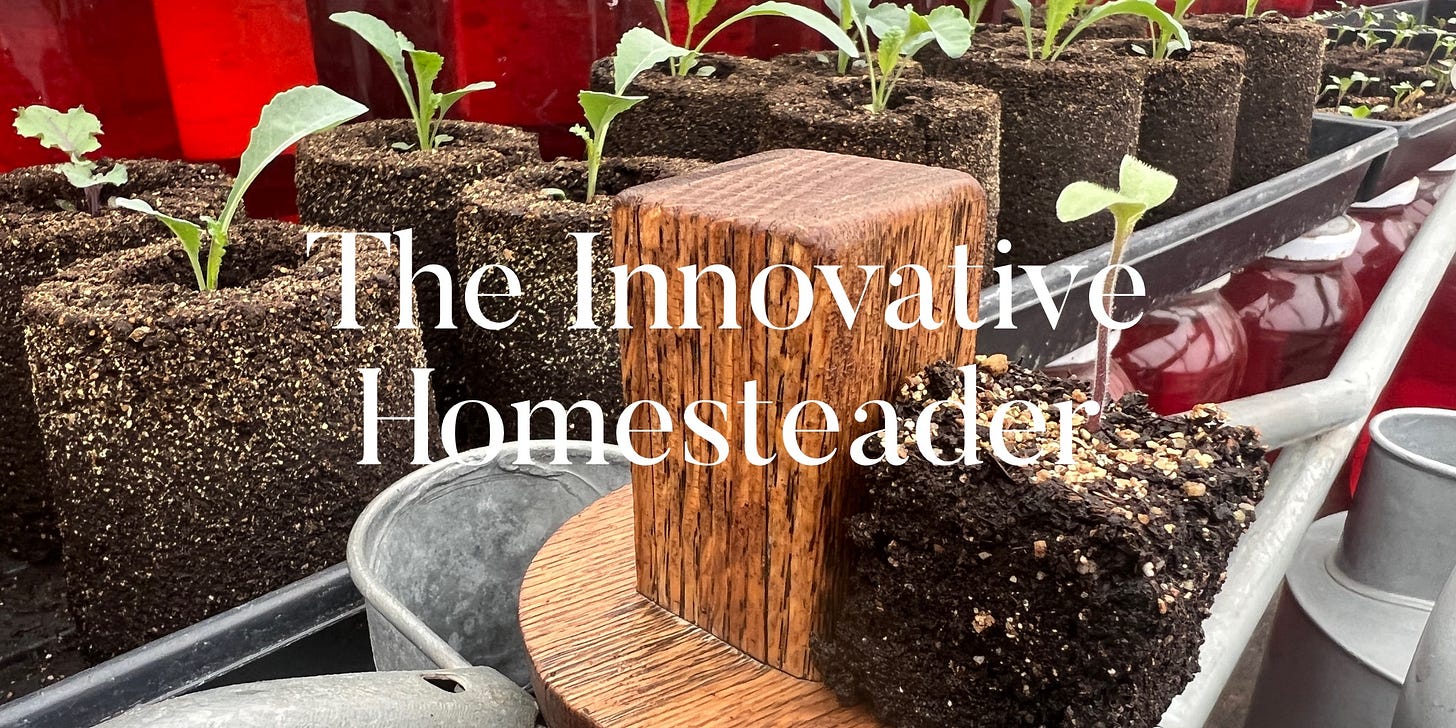
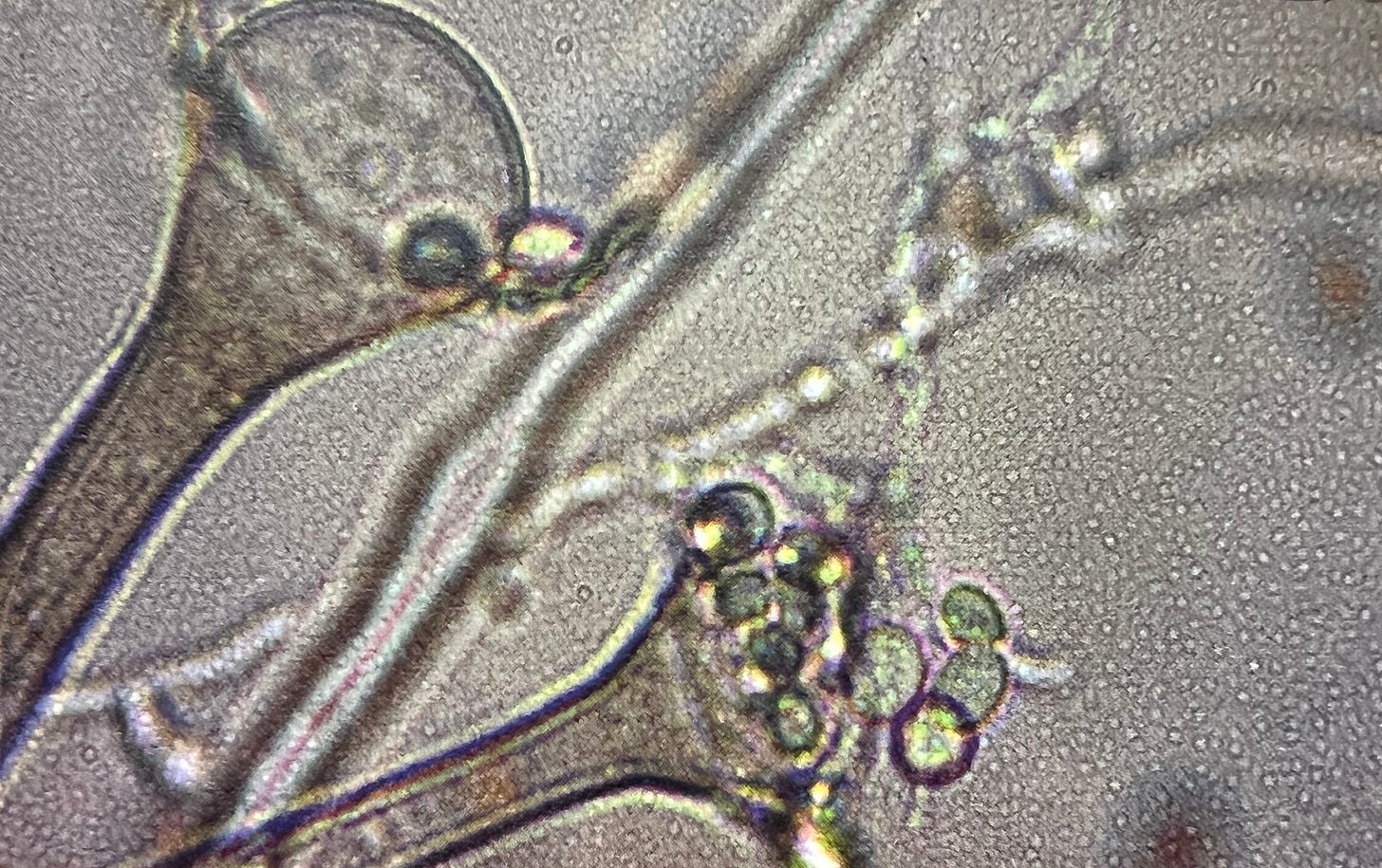

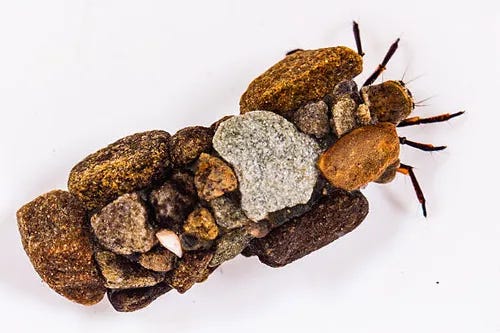
Thank you, Craig. While I've been resistant to the double digging and broadforking without using the tiller at all, as I watch your newsletter, I'm becoing keenly aware that I'm doing myself a big disservice by continuing my gardening habits. Hopefully, next season, I'll improve my practices. It pays to watch your videos more then once, especially for the retired Polish farmers! May God Bless you as you try to help us.
That video helped me so much to understand this. I'm new to gardening and in the process of trying to buy my first homestead. I love your newsletters. You're such a great teacher.